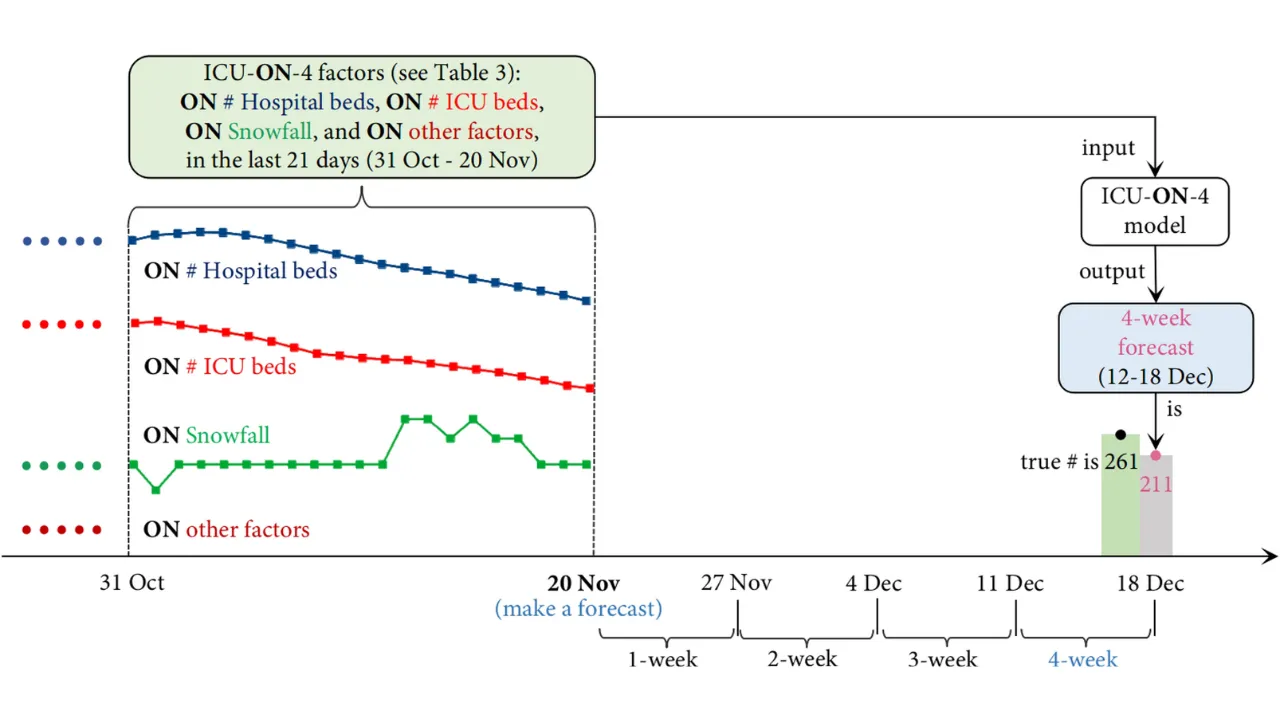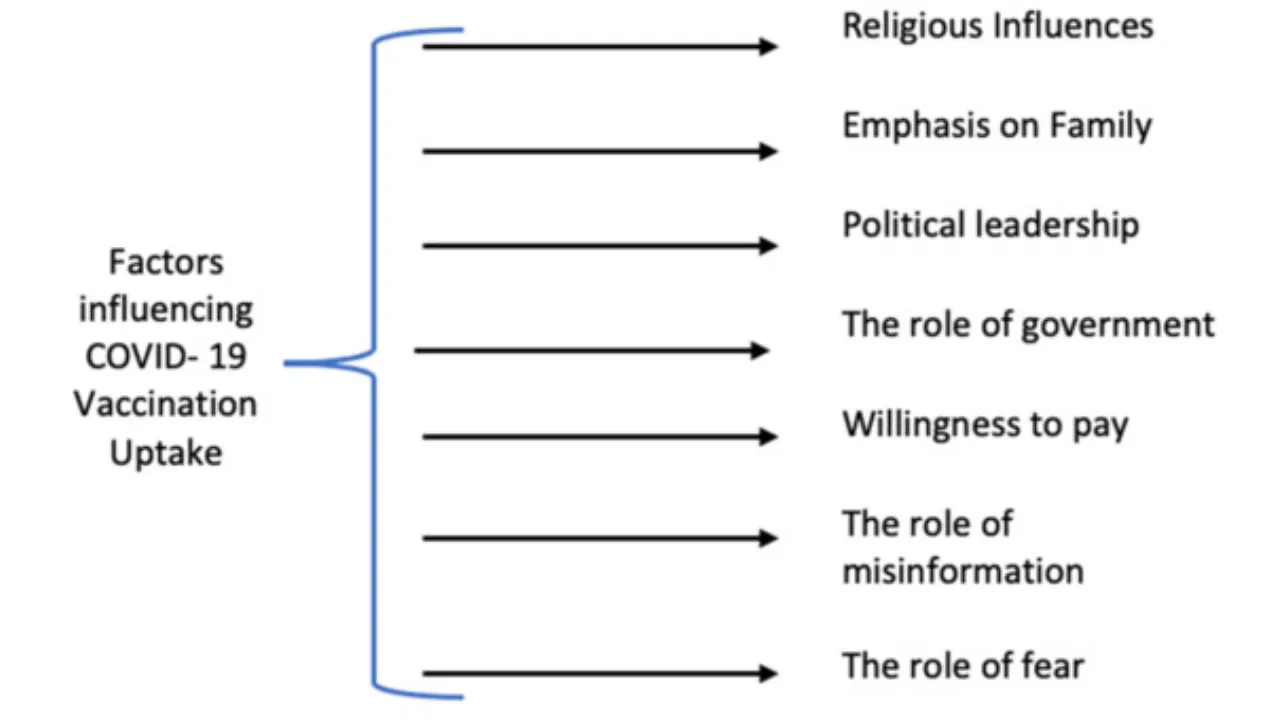Forecasting hospital resource during COVID-19 in India: Forecasting hospital resource during COVID-19 in India has been one of the most crucial aspects of pandemic planning. With each wave of the virus, hospitals across the country faced varying levels of stress, from ICU shortages to a lack of ventilators. Having an accurate forecast of resource needs was essential to saving lives and maintaining healthcare services during peak surges.
In this article, we’ll explore the main factors that influence hospital resource forecasting in India during COVID-19. From infection trends and healthcare capacity to data challenges and modeling techniques, we will break down the complexities behind predicting hospital needs. Understanding these aspects helps make sense of how India responded and adapted its healthcare strategies during the crisis.
Forecasting Hospital Resource During COVID-19 in India
Forecasting hospital resource during COVID-19 in India is not just about numbers—it’s about predicting demand in a constantly changing environment. Each new surge brought different challenges, driven by variants, regional differences in infrastructure, and changes in public health measures. Forecasting models had to balance these variables to estimate the need for hospital beds, ICU units, ventilators, and medical staff in real-time.
Such forecasting was critical for guiding government decisions, preparing hospitals, and ensuring that resources were distributed where they were needed most. However, challenges like uneven data reporting and unpredictable virus behavior made precise forecasting incredibly complex.
Overview Table: Key Factors Affecting Hospital Resource Forecasts
| Factor | Impact on Forecasts |
| Infection Rates | Drives hospital admissions; higher rates increase pressure on resources. |
| Severity of Illness | More severe cases require ICU beds and longer stays, increasing resource use. |
| Healthcare System Capacity | Existing infrastructure limits the ability to respond to surges. |
| Vaccination Coverage | Reduces the severity of cases and hospitalizations. |
| Public Health Measures | Restrictions can slow the spread and reduce pressure on hospitals. |
| Demographic Factors | Older populations and those with comorbidities need more intensive care. |
| Data Quality | Inaccurate or delayed data can distort forecasts and hinder response. |
Infection Rates and Transmission Dynamics
The most basic driver of hospital demand is the number of new infections. When cases rise rapidly, hospitals begin to fill. Forecasting tools track infection rates and transmission patterns to anticipate when hospitalizations may spike.
Variants with higher transmissibility, like Delta, led to faster and more intense surges. This created a need for models that could react quickly to changing patterns and inform health authorities ahead of time.
Severity of Illness and Hospital Needs
Not all COVID-19 infections require hospitalization. Forecasting also needs to consider the proportion of patients likely to need oxygen support, ICU care, or mechanical ventilation. These numbers vary based on the circulating variant and the population’s overall health.
The second wave in India showed how a high volume of serious cases could overwhelm even well-equipped hospitals. Thus, predictions around illness severity are a critical part of hospital resource forecasting.
Healthcare System Capacity and Regional Disparities
India’s healthcare system is diverse. Metro cities may have advanced medical facilities, while many rural districts lack even basic infrastructure. This uneven distribution of resources means that forecasting must be region-specific.
Planners need to know not just how many people might need care, but also where the gaps in hospital beds, ICU units, or staff exist. Understanding these disparities helps avoid scenarios where one region is overwhelmed while another has unused capacity.
Vaccination Coverage and Its Impact
Vaccines have played a major role in reducing hospital admissions. Forecasts must include vaccination coverage data to understand how protected the population is and what percentage of new cases may lead to serious illness.
Higher vaccine coverage generally results in fewer severe cases, shifting hospital resource forecasts downward. However, the rise of variants that evade immunity, or the need for booster doses, can change these assumptions quickly.
Influence of Public Health Measures
Policy decisions like lockdowns, mask mandates, and social distancing rules directly influence transmission rates. Forecasting models factor in these policies to estimate how fast the virus may spread and what that means for hospitals.
For example, a state enforcing strict curfews may see a delayed or reduced surge, giving hospitals more time to prepare. On the other hand, early reopening can lead to spikes in cases, straining resources.
Demographic Factors
India’s population is large and diverse, with significant differences in age, health conditions, and living environments. Older adults and people with existing conditions are more likely to need hospital care.
Forecasting models incorporate demographic data to estimate how many people in each region are at higher risk. This helps in preparing region-specific plans for hospital readiness.
Data Availability and Accuracy
Accurate and timely data is the foundation of effective forecasting. But during COVID-19, India—like many countries—faced issues with underreporting, especially in rural regions. Incomplete data on hospital admissions, deaths, and available beds made forecasting more difficult.
Models are only as reliable as the data they are fed. When key metrics are missing or delayed, the forecasts can be off, leading to either underpreparedness or over-allocation of resources.
Challenges in Forecasting
Forecasting hospital resource use is challenging because of:
- Unpredictable Variant Behavior: New variants often bring changes in spread and severity, which are hard to predict in advance.
- Regional Variations: India’s size and diversity mean a one-size-fits-all model won’t work. Each region may need a unique approach.
- Complex Interactions: Factors like vaccination, demographics, and policy measures interact in complicated ways.
- Data Inconsistencies: Differing levels of data quality across states make it hard to build consistent national models.
Modeling Techniques Used
Researchers used several methods to forecast hospital resource needs in India, including:
- SEIR Models: These models track how people move from being susceptible to infected, then recovered or deceased.
- Time-Series Analysis: Looks at past data to predict future trends.
- Machine Learning: Advanced AI techniques that analyze multiple variables and adapt as data changes.
- Discrete Event Simulation: Simulates patient flow through healthcare systems to estimate future needs.
These models were often used together, combining mathematical approaches with real-world data to build more accurate forecasts.
Trusted Sources for Hospital Resource Forecasting
- Ministry of Health and Family Welfare (India): Provides official data on hospital beds, ICU capacity, and COVID-19 case updates.
- Research Institutions (e.g., IHME): Offer national and global projections using various modeling tools.
- Scientific Journals (e.g., The Lancet, Nature): Publish peer-reviewed studies on COVID-19 modeling and resource planning.
These sources are essential for policymakers, researchers, and healthcare administrators when planning for surges.
FAQs
1. Why is forecasting hospital resource use during COVID-19 in India difficult?
Because of unpredictable virus behavior, regional differences, and data limitations, accurate forecasting is complex.
2. What data is needed for accurate hospital resource forecasts?
Infection rates, severity data, hospital admissions, vaccination coverage, and real-time resource availability.
3. How do public health policies affect hospital forecasts?
Lockdowns and restrictions reduce case numbers, lowering the expected need for hospital resources.
4. Are models used for forecasting reliable?
They offer useful estimates, but should be seen as guidelines, not exact predictions.
5. Can vaccine coverage reduce hospital resource needs?
Yes, higher vaccination rates usually lead to fewer severe cases, reducing hospital admissions.
Final Thought
Forecasting hospital resource during COVID-19 in India has been a vital but highly complex process. With so many factors at play—from variant evolution to healthcare access—forecasts remain challenging but essential tools. As the country prepares for future health crises, improving data systems and region-specific planning will help make these predictions more accurate. Share your thoughts below or explore more insights on how India is planning for future healthcare demands.















